Search
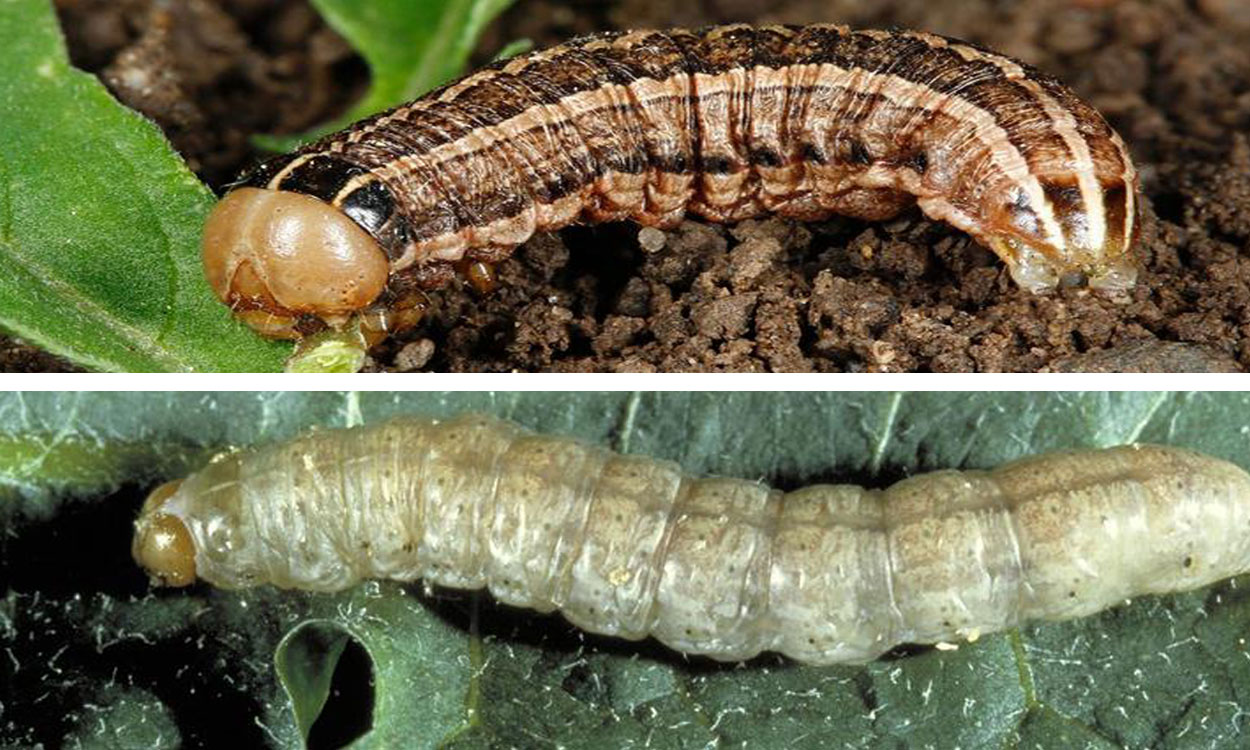
Monitor Wheat for Early-Season Cutworm Activity
It's finally warming up in South Dakota, and insect activity in wheat fields will be increasing. For wheat, a couple of early-season pests that may already be active are the army cutworm and the pale western cutworm.
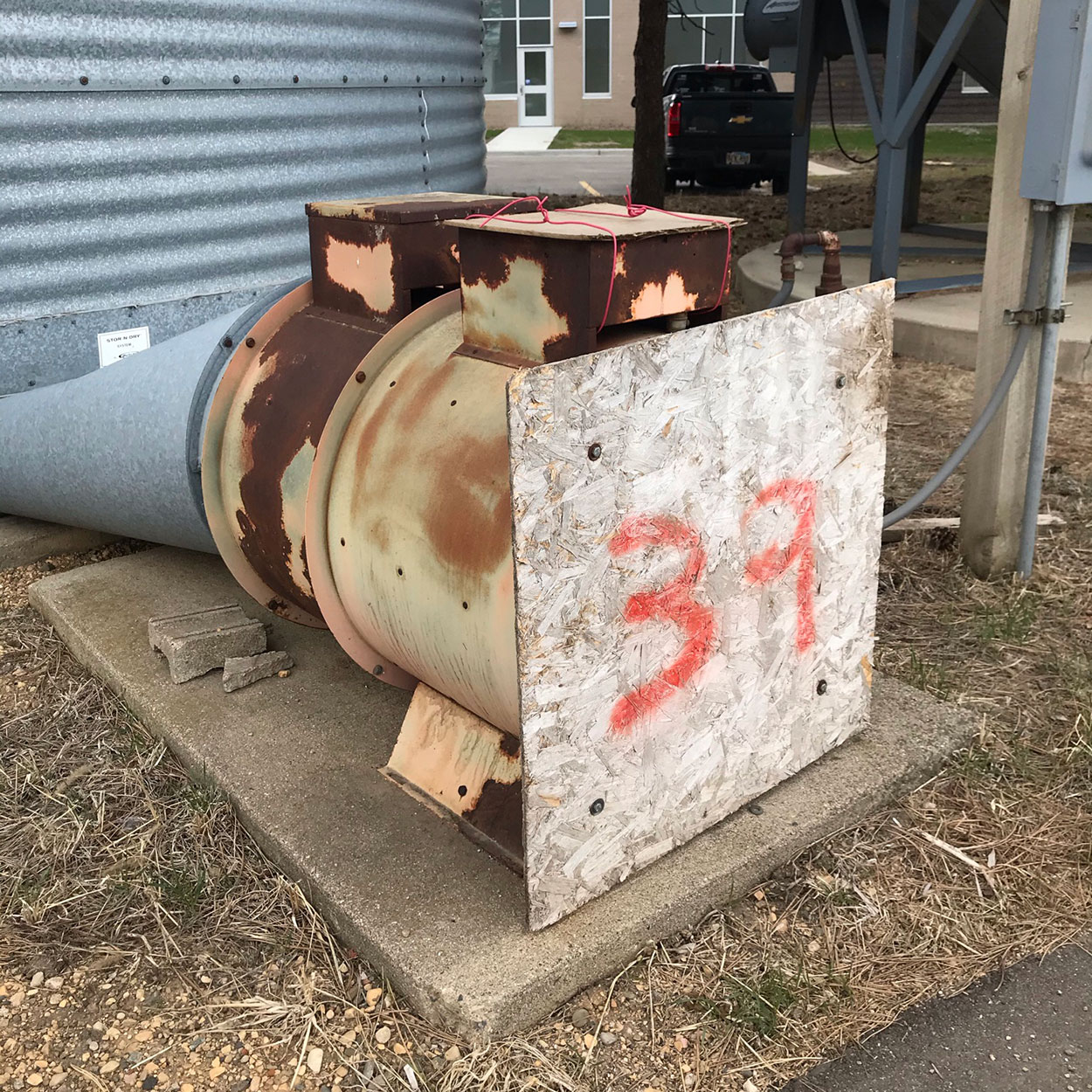
Check Your Bins This Spring
As it warms up this spring, don’t forget to check the bins. Grain bins work as solar heat collectors, and the grain inside of them may be much warmer than expected.

Crop Tolerance to Soil Herbicide Residual
Some herbicides can persist in soil, especially dry soil. Herbicide carryover could be an issue in 2021 across the state depending upon last year’s moisture levels and field conditions.

Wheat Streak Mosaic Developing in Winter Wheat Fields
A few winter wheat fields in central South Dakota have been found with wheat streak mosaic disease. Incidence of this disease varied from a few plants to large portions of the field with yellowing leaves.
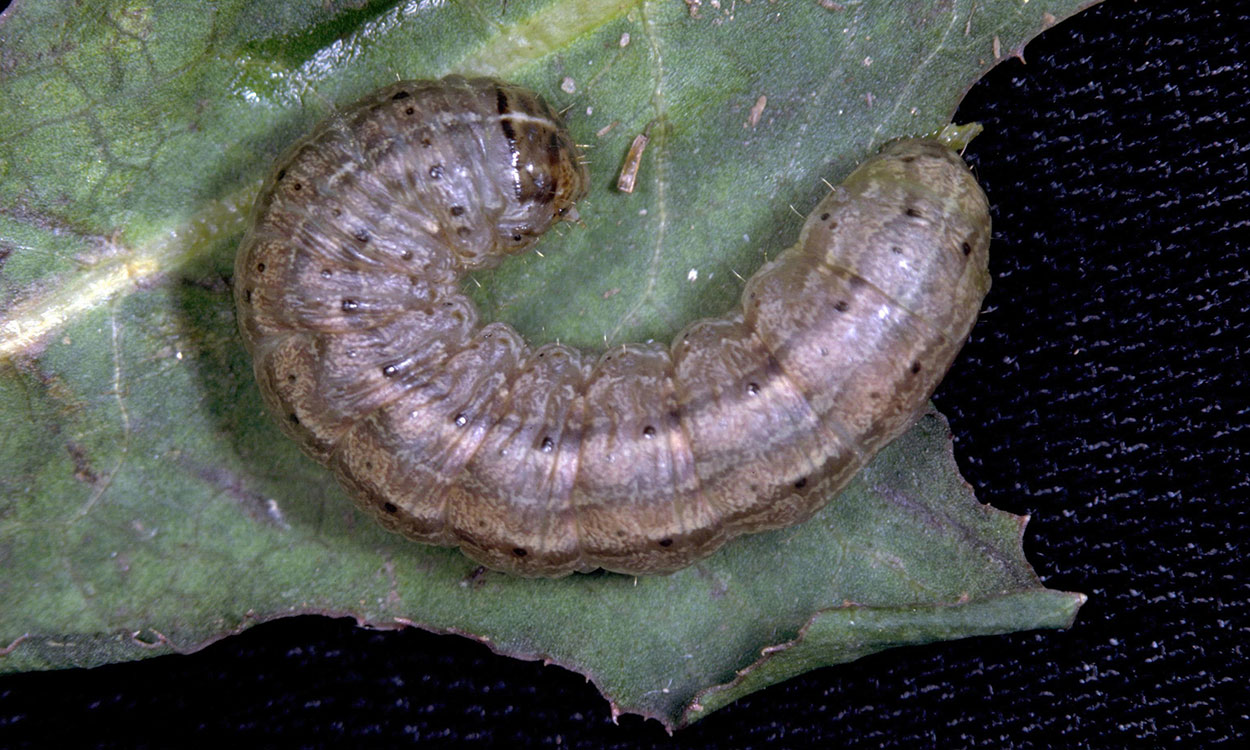
It’s Time to Scout Alfalfa for Cutworms
One of the earliest insect pests that can be found in South Dakota’s alfalfa fields are army cutworms. Injury from cutworms can sometimes be overlooked until large patches of an alfalfa field have been “cut.”
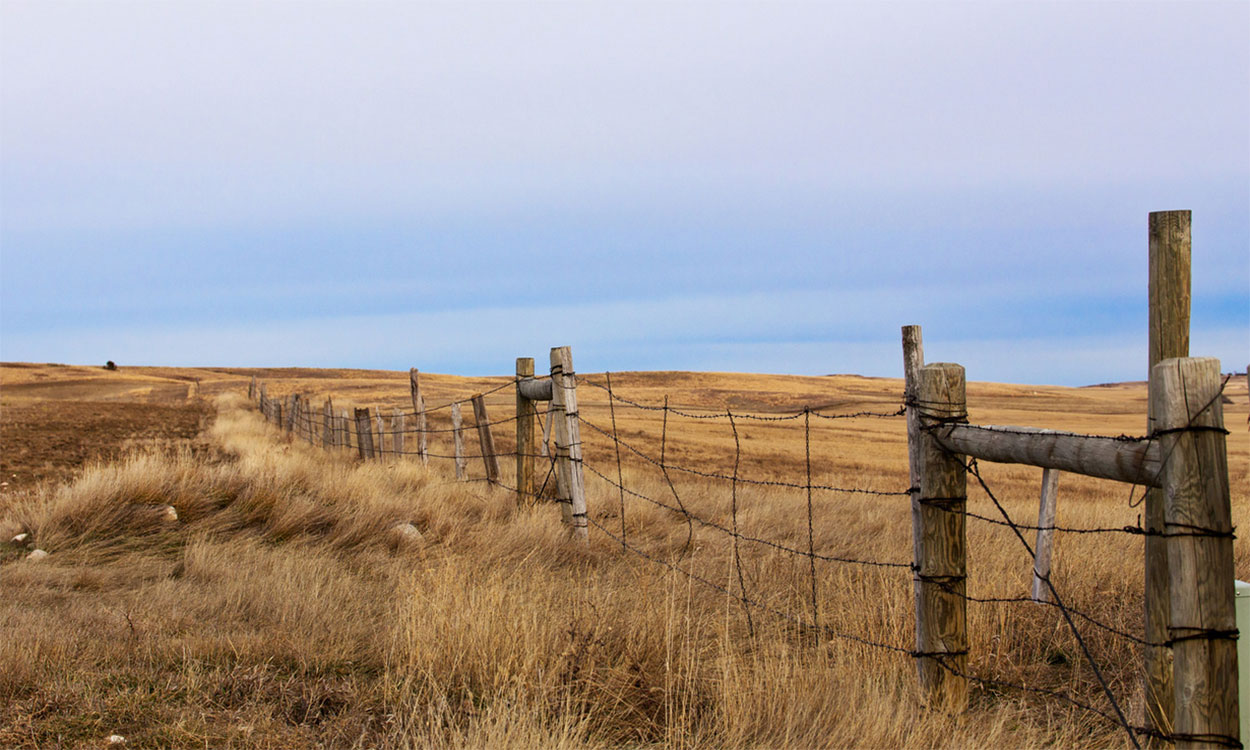
Lameness in Cattle: Causes Associated With Injury
Most cattle in pastures and feedlots are exposed to multiple potential causes of injury. Learn some of the injury-related causes of lameness in cattle, starting with the foot and working our way up.
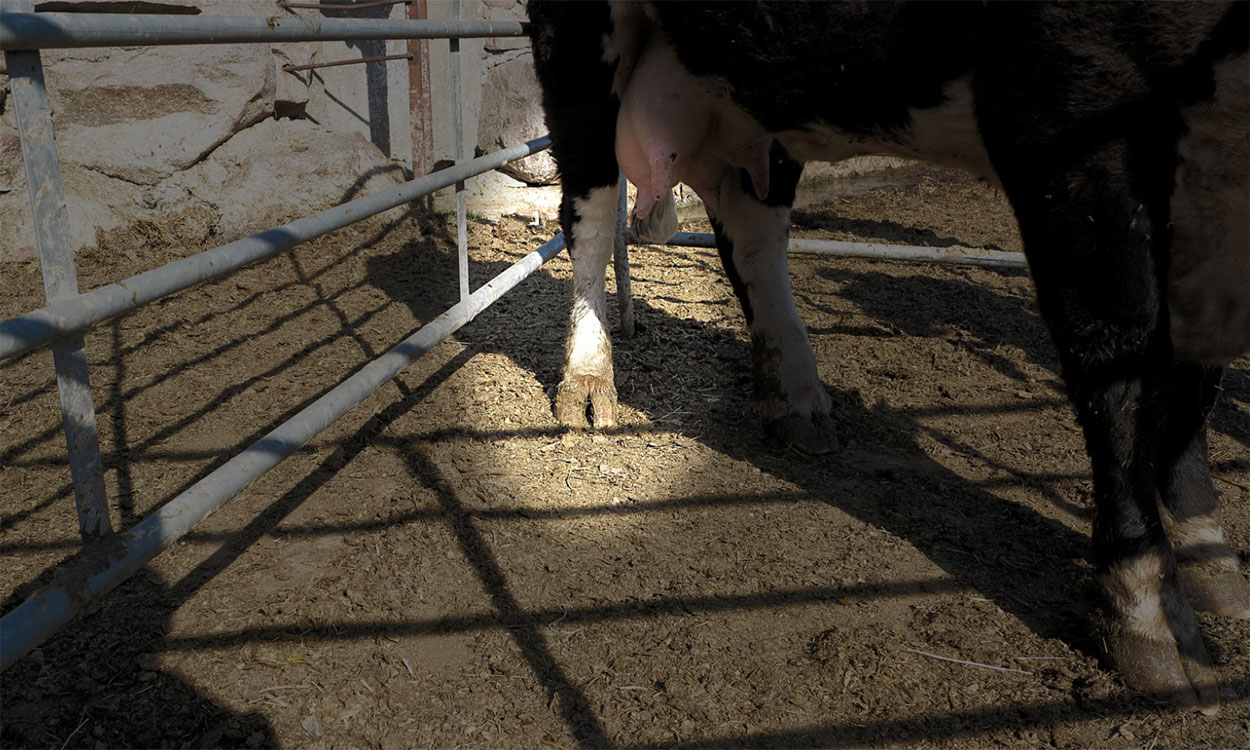
Lameness in Cattle: Causes Associated With Infections
Infections are among the most-common reasons for lameness in feedlot and adult cattle, and in some cases they can be treated or prevented with more success than other causes of lameness.

Getting to the Bottom of Cattle Lameness Cases: Diagnosis
Making the right decisions about how to deal with a lame animal depends on how accurately the cause of the lameness can be diagnosed and localized.
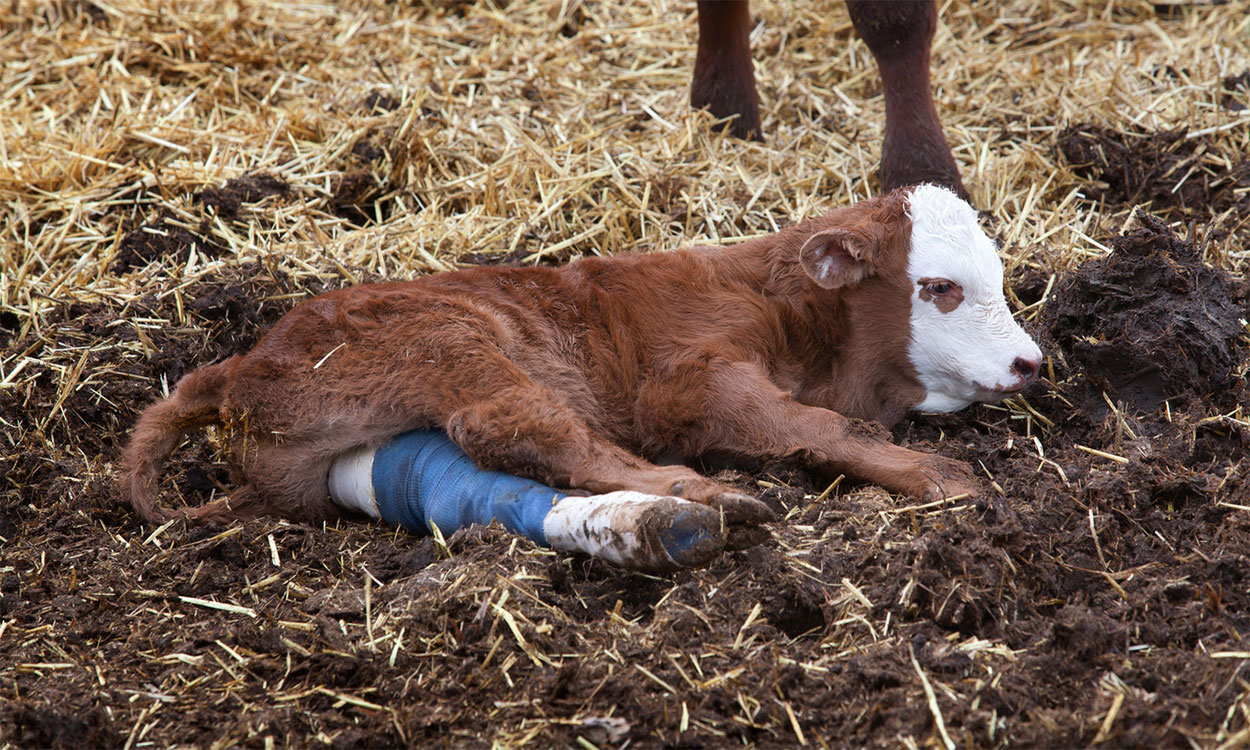
Treating Lameness in Cattle
Successfully treating most cases of cattle lameness usually involves more than a simple injection of antibiotics. Knowing the best intervention for a particular animal starts with a good diagnosis of the problem.
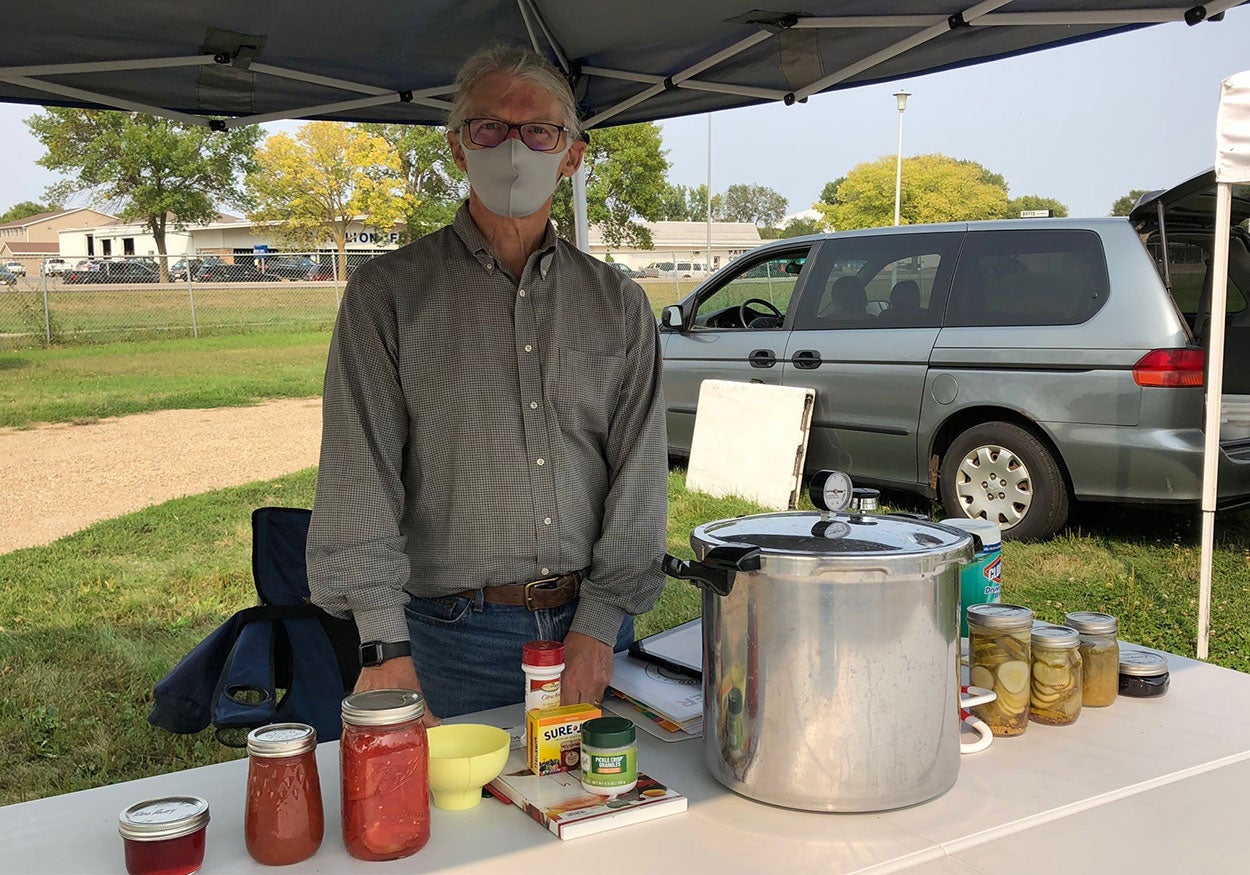
Schreiner Turns Backyard Hobby Into Community Support
Whether volunteering as a Master Gardener or a Master Food Preserver, Tim Schreiner says the interaction with people and seeing that “light bulb” moment after a conversation is really the fun part of the programs.